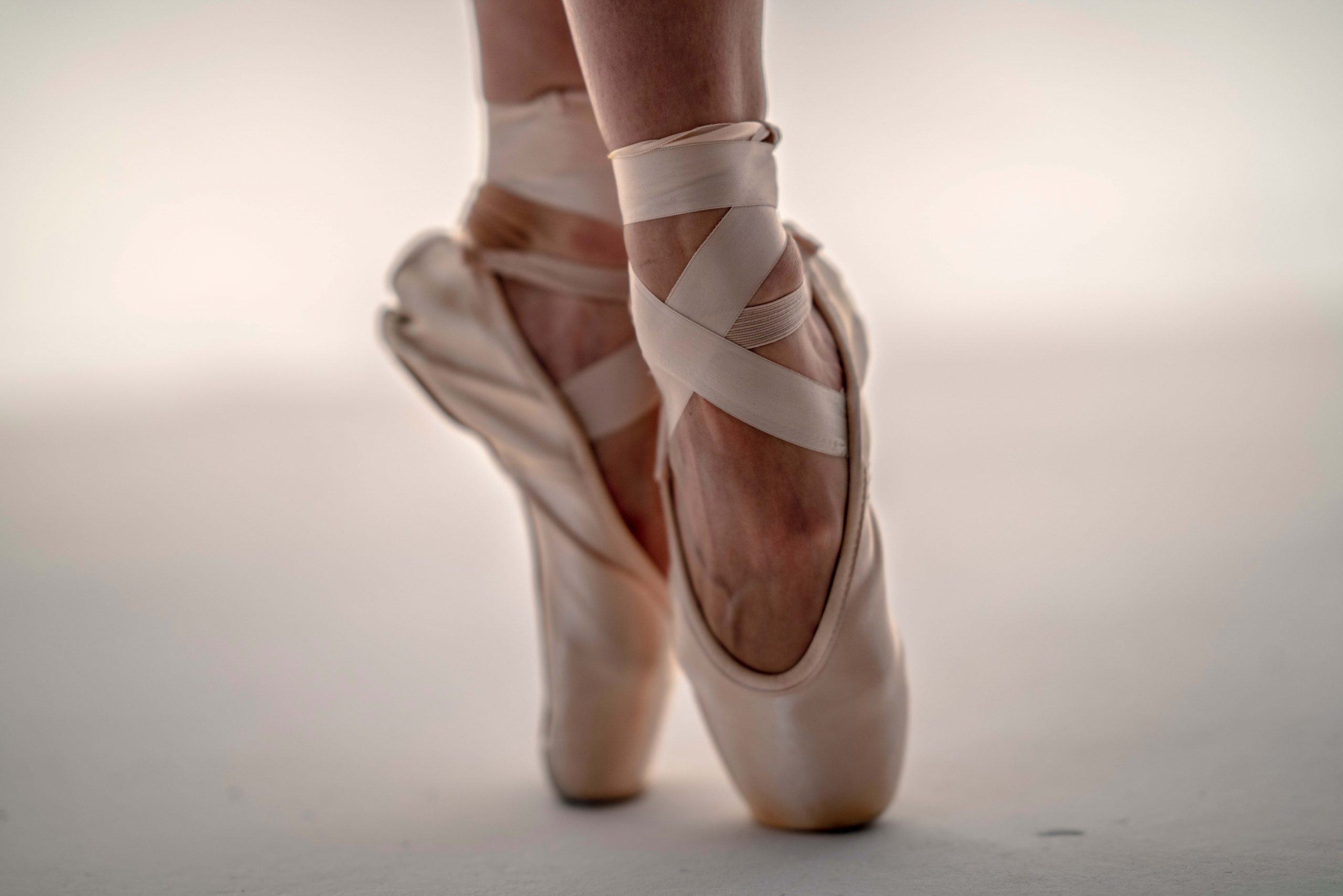The Tea
How did we get here? Why are things the way they are? This beginner’s guide to ballet will help you figure it out. In many ways, when it comes to dance and performance arts, there may not be one answer to questions of this nature or even a few answers to them at all, but from a very early age, kids are told that ballet is “good for you!”, so the question of why and how it is good or bad becomes relevant for sure. Some say it is because it is physically demanding and it requires discipline. So, whether you are expanding your knowledge about the dance form, looking to instill discipline in your child via performance arts, or passionate about learning the dance form yourself, here is everything you need to know about ballet.
The Brew
You’re probably thinking, “But how long has ballet been around.” Well, if we take the time to look back in history in chronological order, we will find out that ballet was born in 1680, but it is still alive and kicking today.
Beginning Eras
Diving further into the history of Ballet we find that the term “ballet” itself comes from Ancient Greece, specifically from Aristotelian schools in Athens and Rome. They trained students to balance, and this was achieved by having their bodies bent backward in order to place emphasis on the hips instead of straight down the body in a fashion called kinesis.
During the Classical era (the fourteenth century BC to the fourth century CE), this style of learning was developed into something referred to as “ballet à la Ville de Bourgogne” (French ballet) and was then popularized in France during the Middle Ages (1500-1550). However, one of the main differences from the Baroque style of training, which came about a hundred years after ballet, is that ballet was less physical strength dependent, with the goal being to develop awareness and coordination.
Continuum Eras & Visionaries
The second half of the eighteenth century was dominated by the work of Jean Baptiste Lescaut, Saint Etienne, and Jean Jérôme Laplace. These three combined their knowledge and skills to create the art form that we know today.
- Following in the footsteps of Francois Pelée, Saint Etienne developed the technique of turning to create asymmetry
- Jacques Leclair worked to introduce the idea of balancing through the use of gravity (called parallaxes), creating asymmetrical dance movements on top of each other.
- Along with Léclair, Saint Etienne was responsible for bringing the genre of ballet to Britain with his production of Les Adères (” The Sacred Advertisements”) in London in 1810.
- Another key figure in the development of ballet was Saint Laurent, who established the Royal Academy of St. Germain, founded in the late 1700s.
- While Saint Etienne was developing the technique of turns (paroles), Jean-Georges Dusseldorp was creating the stage works that would soon become famous as far and wide as Europe.
Progressing Eras
Around the beginning of the nineteenth century, the birth of Romanticism set in place multiple artistic movements and events (such as Impressionist painting, as well as Fauvism which followed), transforming the world of ballet. Not only was society more willing to accept new forms of expression, but it was also becoming increasingly urban, so cities like New York were experiencing rapid growth and development as a result of booming trade routes. This was a huge blow to old masters, who believed that dancing and theatre were suited for rural areas and were limited to living rooms, although the rise of nationalism forced people to adapt to new forms of entertainment.
Also, it was becoming clear that women’s roles were starting to change into the positions that fit their social status. Marie Antoinette’s reign created both opportunities and barriers for women in society. It was a revolutionary time and a big step forward to equality for women, which is reflected in the ballet world today.
The Long Pour
More often than not, what Ballet is teaching you is how to achieve efficiency and then enhance it. Anyone stepping into the world of this demanding performance art will find it to be rather position and extremities-centric. It eventually takes a lot of commitment and focus in order to perfect these sequential positions that are constantly transitioning from one to the next.
It is safe to say that it takes immense passion and devotion to take on Ballet, but one thing is for sure, those who adhere to this regime can definitely say goodbye to being physically unfit.






















0 Comments for “A History Of Grace: An Essential Guide To The Ballet World”